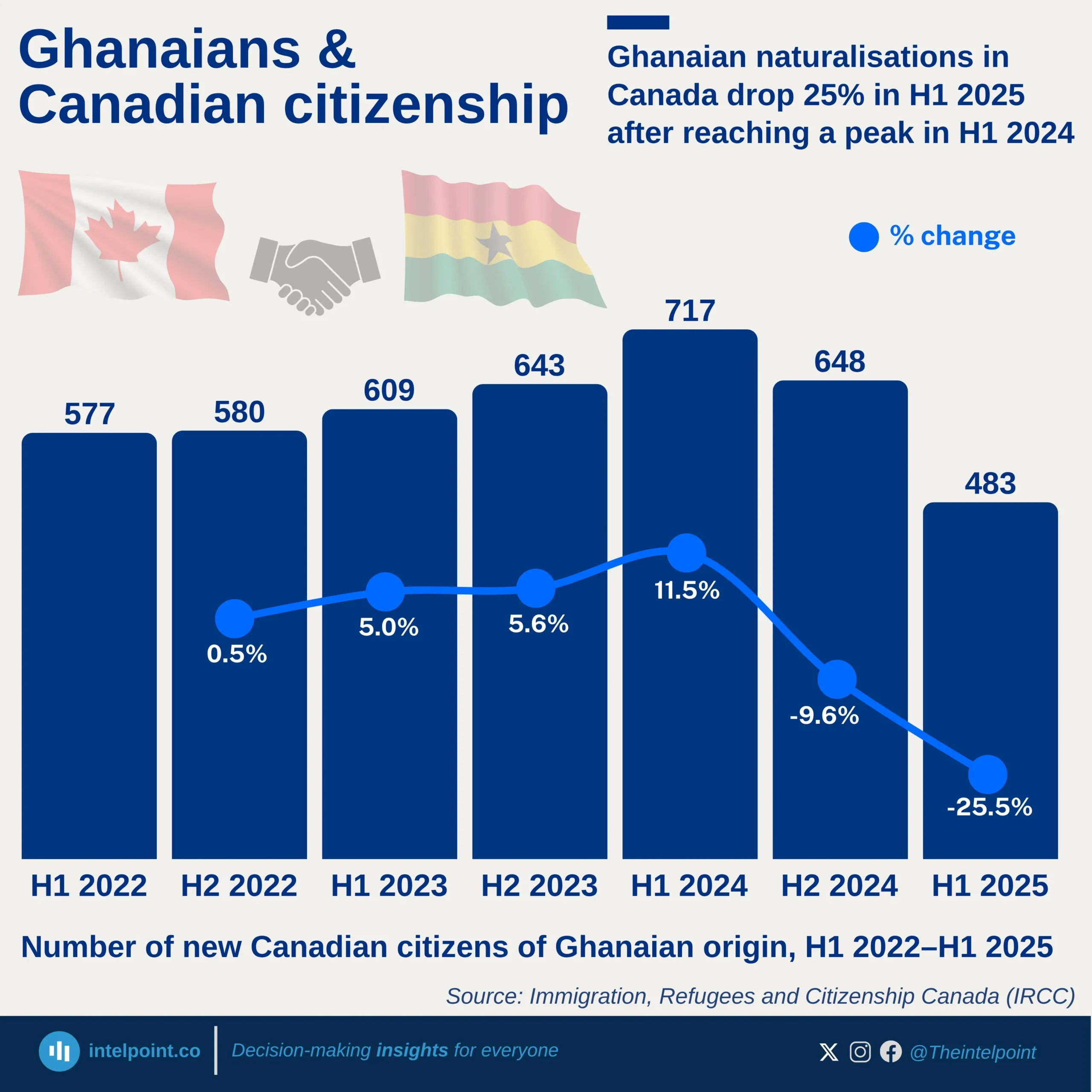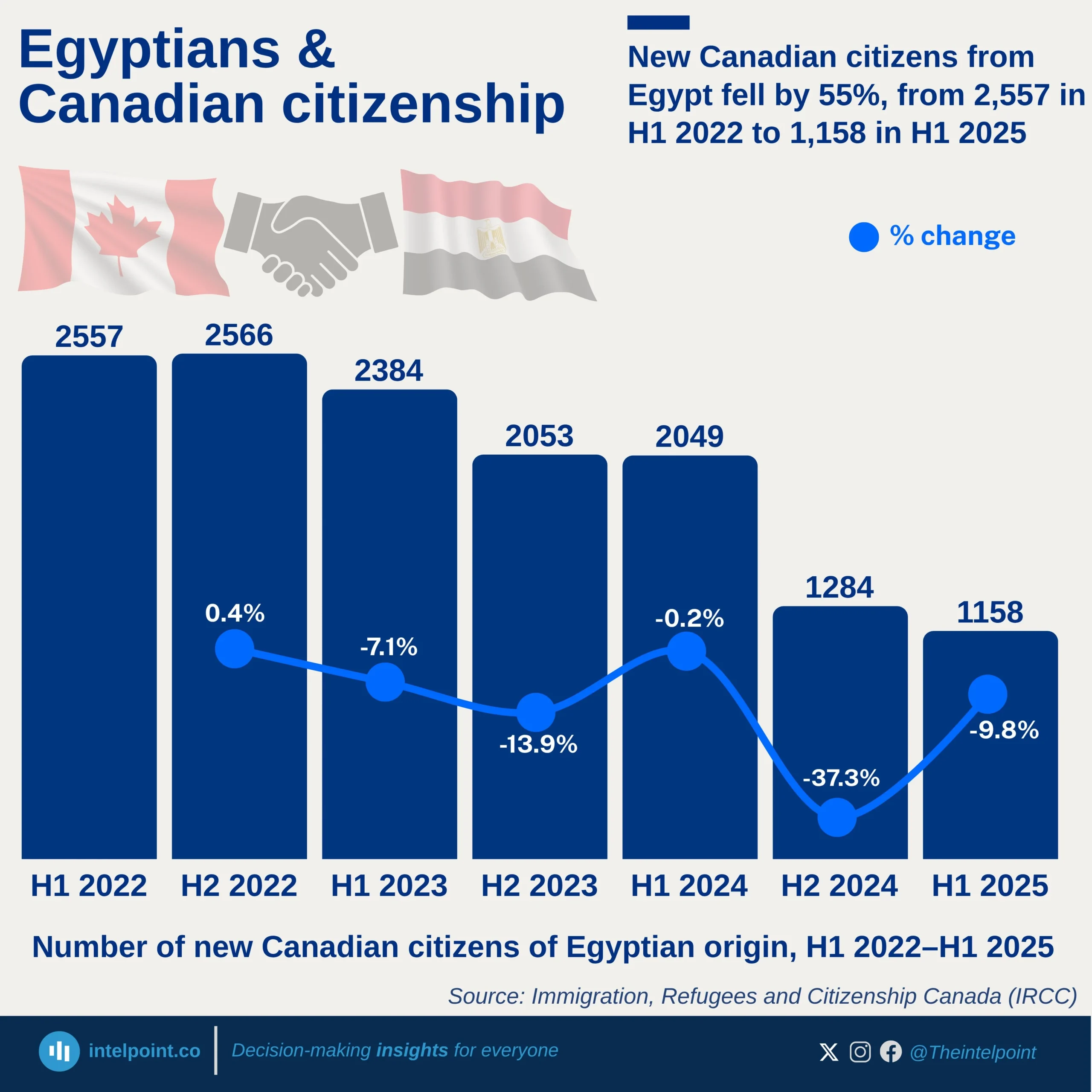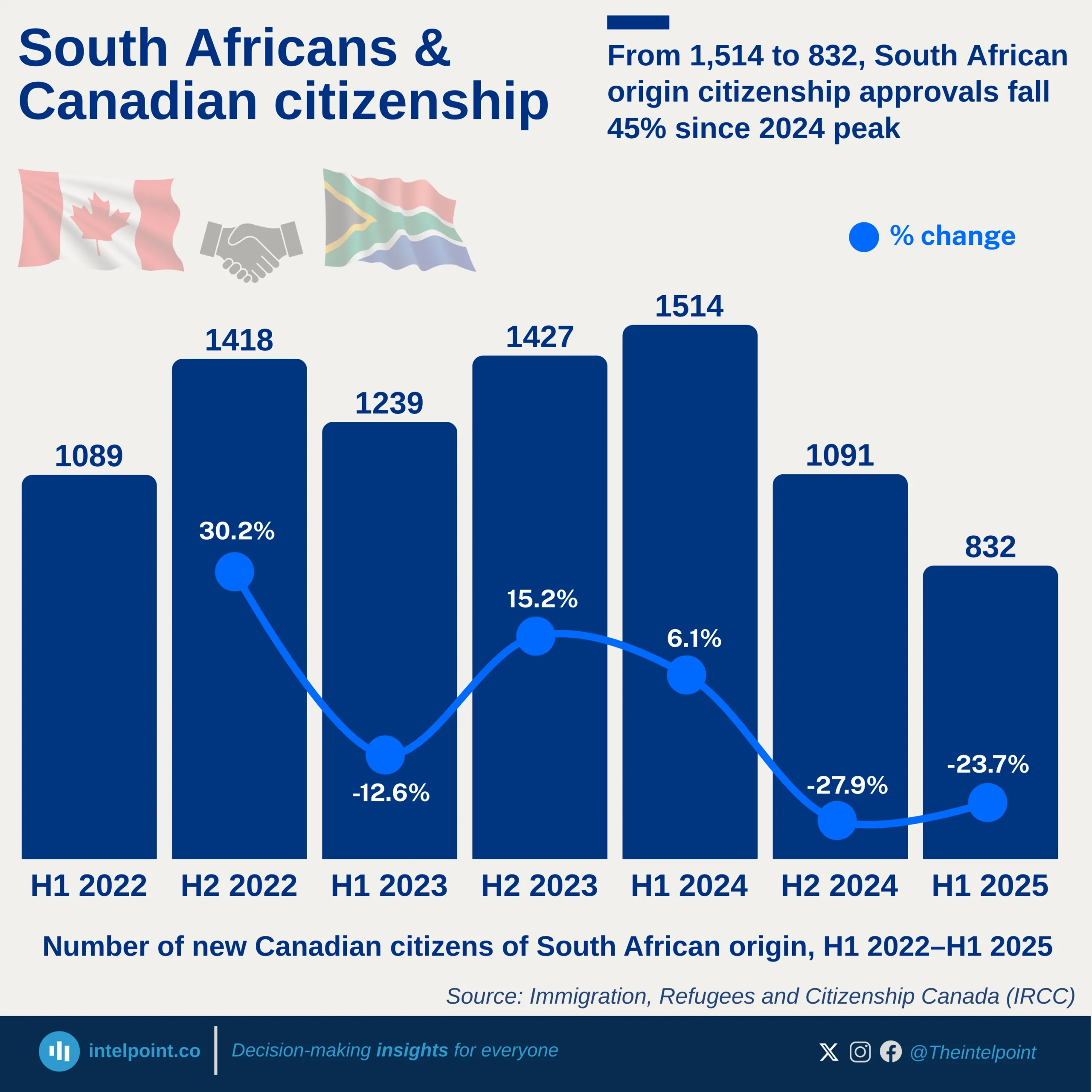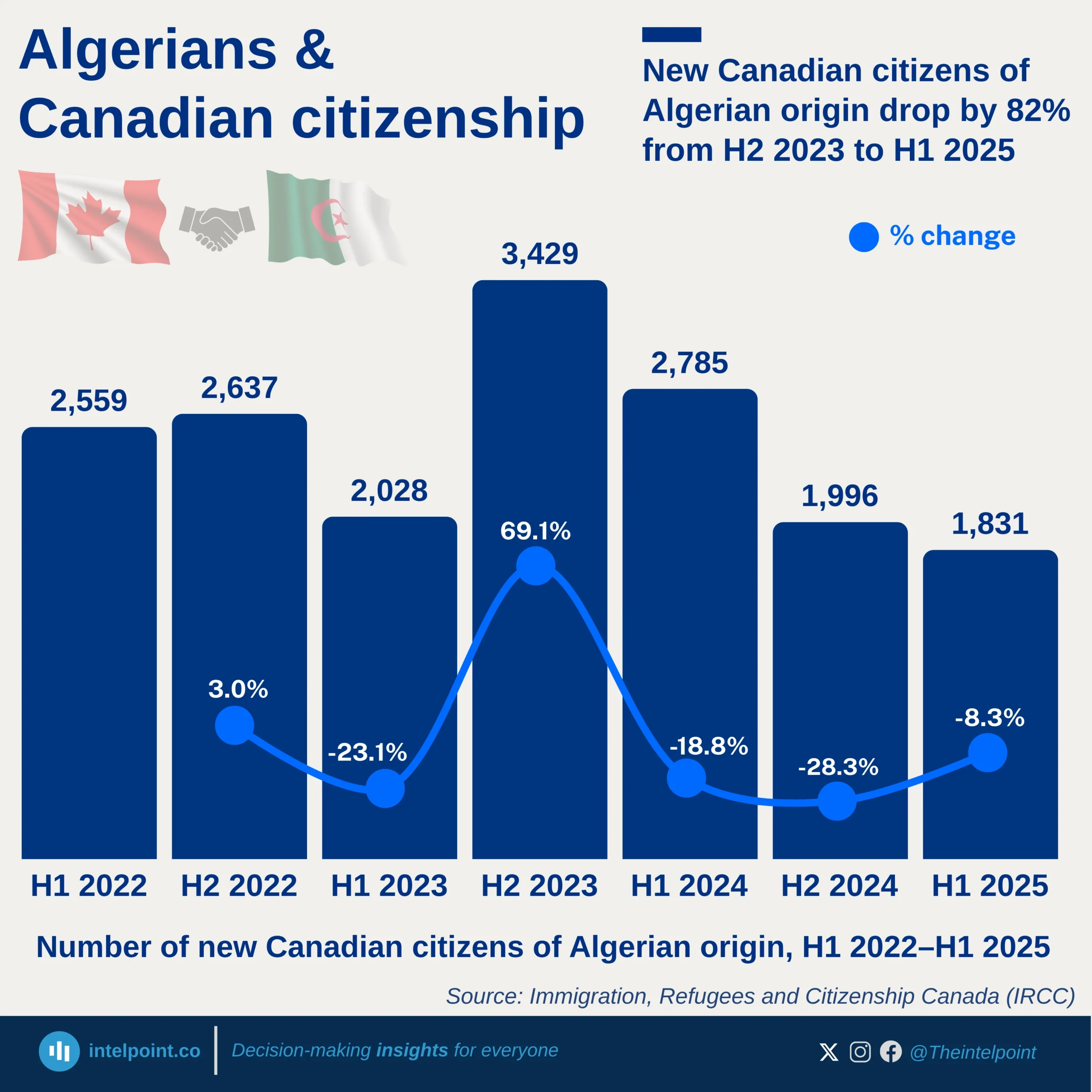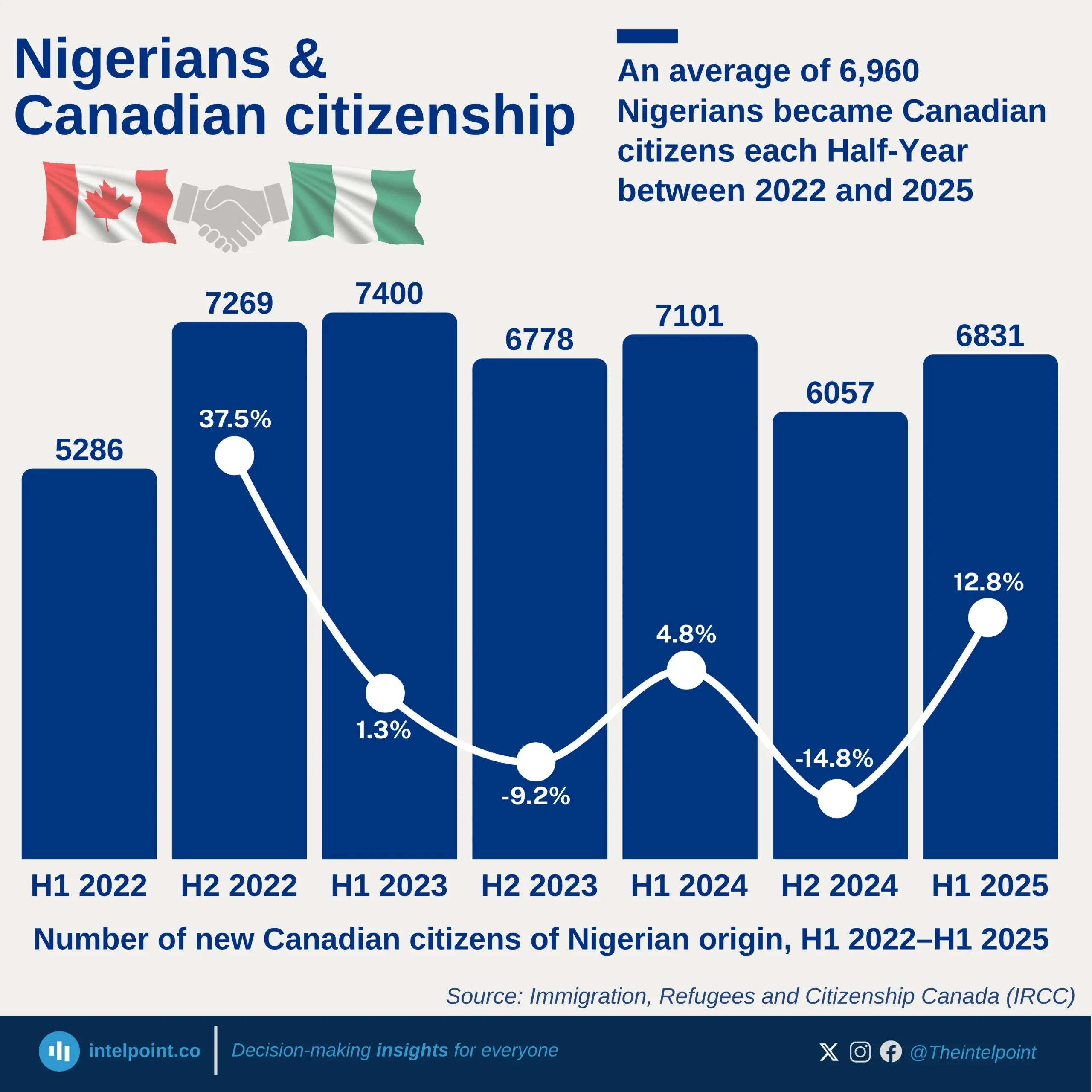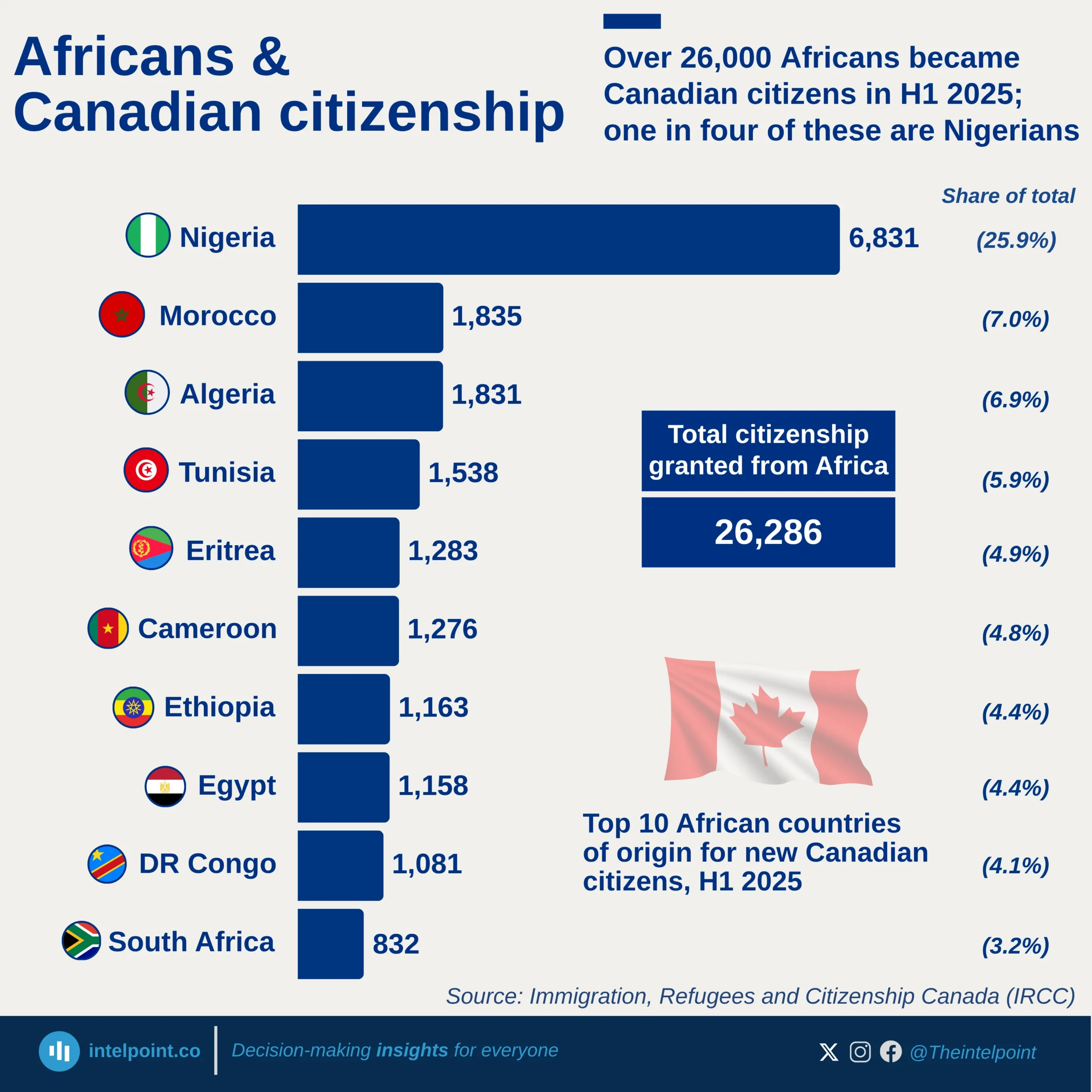Africa’s migration trends over the past seven decades reveal a story of shifting movements in and out of the continent. Africa’s highest net migration gain occurred in 1985, with approximately 328,000 people added, marking a rare moment of significant inflow. Since then, however, net migration losses have dominated, with particularly sharp declines in the 2000s and early 2010s. By 2010, the continent recorded its deepest loss at -998,000.
This migration pattern mirrors Africa’s complex socio-economic and political dynamics. For example, the migration gains of the mid-1980s came during a time when several African countries were stabilising politically and seeing moderate economic growth, which likely encouraged inward migration or reduced outward flows. Conversely, the steep losses in the early 2000s and 2010s align with periods of conflict, economic instability, and increased global migration opportunities, prompting many Africans to seek livelihoods abroad.
While 2020 marked a temporary return to net migration gains (+248K), the years since have reverted to losses, including -644K in 2024. The partial recovery to -378K in 2025 suggests some easing of outward migration pressure.
